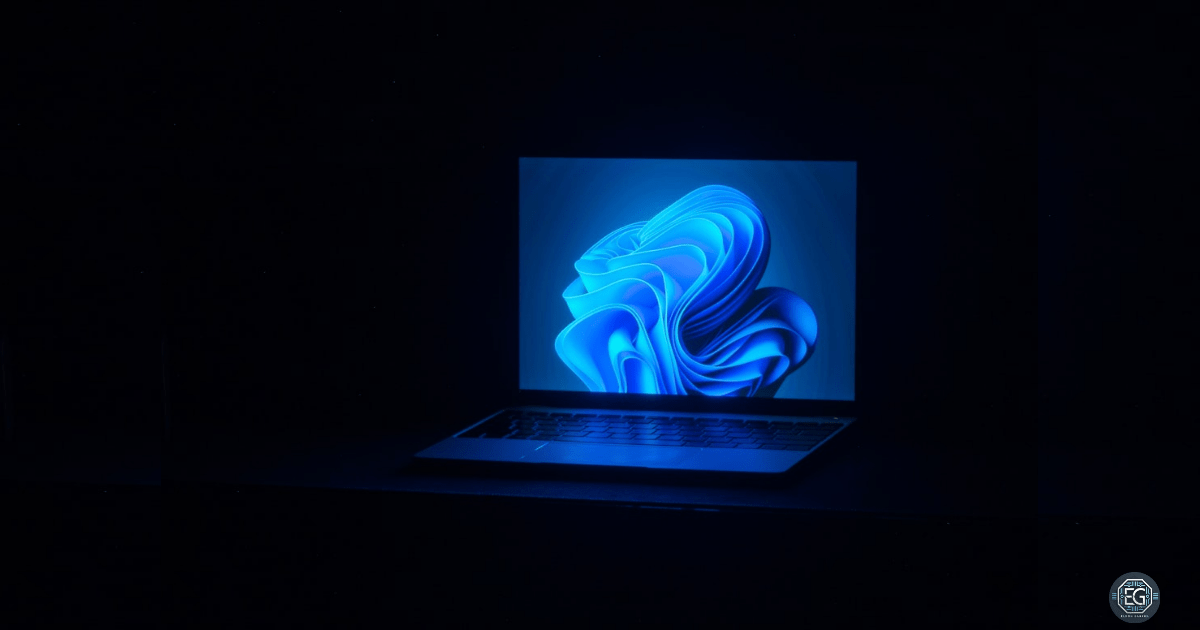Introduction
In this exercise, I explored Procmon, a Windows program that shows live details of what processes are doing on the system. It tracks detailed events such as registry use, file access, and process activity.
Cybersecurity depends on this. When you know how programs usually work, you can spot anything odd. This helps find threats. You also fix issues quicker. It makes sure all software runs correctly.
Core Concepts
Capturing Events: The tool continuously records events as they happen, creating a running timeline of system activity. To begin, I opened Procmon as an administrator, let it capture events briefly, and then paused the recording to start reviewing what had been collected.
Filtering Activity: The tool collects a huge number of entries, often too many to review at once. By setting filters, it’s possible to narrow the results to only the processes or event types you want to study. During testing, I applied filters so only a few simple applications were shown, which made the results much easier to analyze.
Registry Monitoring: Windows applications often interact with the registry for settings and configuration data. When I focused the log on one process, the results showed which registry keys were being affected and how they were used. This gave me insight into how the process depends on system resources.
Reducing Noise: Because some operations happen constantly (like reading files), the log can quickly become cluttered. By excluding those repetitive actions, the remaining data became far clearer and easier to work with.
Exporting Logs: Procmon allows the captured information to be saved to a file, such as CSV format. Saving logs this way makes it possible to keep a record for later analysis, reporting, or comparison during investigations.
Cybersecurity Implications & Applications
Threat Hunting: Examining process actions can uncover warning signs such as odd registry usage or unfamiliar programs starting up.
Incident Response: In a forensic review, Procmon can help trace the sequence of actions taken by suspicious software or malware.
System Defense: Learning what “normal” activity looks like makes it easier to detect when something is out of place.
Mapping to Industry Frameworks
NIST Cybersecurity Framework: Procmon helps with the Detect function by catching strange or unacceptable computer events.
Governance, Risk, and Compliance (GRC): Having visibility into what processes are doing helps prove compliance, supports change control, and reduces the risk of missed threats.
Cybersecurity Roles: Analysts, forensic investigators, and malware researchers all use tools like Procmon to troubleshoot, investigate, and validate what’s happening on Windows systems.
Wrap-Up
In summary, Procmon gives a clear and practical behind-the-scenes view of what’s happening with Windows processes. I practiced capturing, filtering, and saving system events. This helped me spot strange events. I gained hands-on skills. These skills help find problems, look into them, and follow rules.


